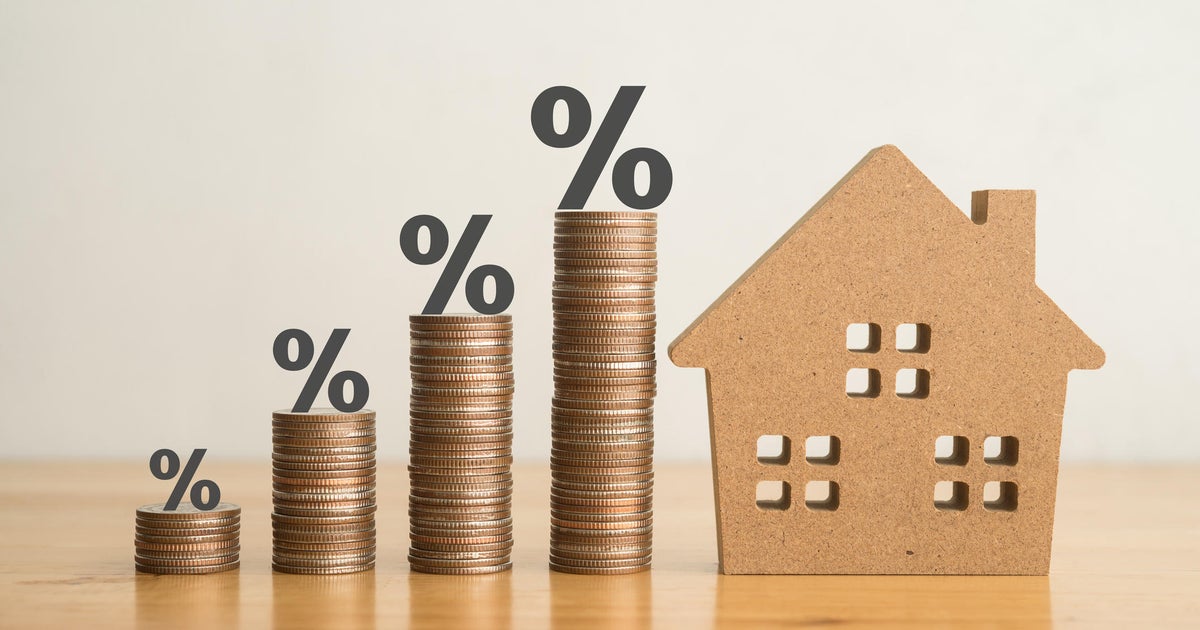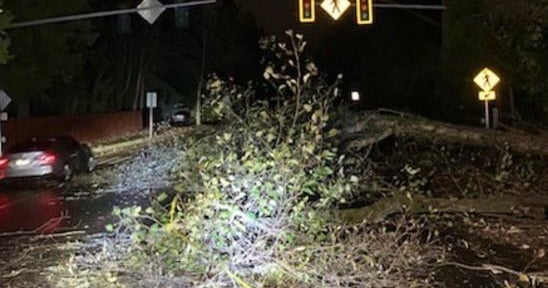La Niña is over. Here's what that means.
La Niña, which increases hurricane activity and worsens western drought, is finally over after a rare three-year "triple dip," the National Oceanic and Atmospheric Administration said Thursday.
Weather conditions are now considered neutral, NOAA officials said. The neutral conditions are expected to continue in the Northern Hemisphere through spring and early summer.
There's around a 60% chance that El Niño develops in the fall, climate officials said. When El Niño arrives, it's likely to cause wetter-than-average conditions along the Gulf Coast between October and March. It can mean dryer and warmer conditions in the northern U.S. and Canada.
El Niño can also increase the chance for early spring conditions across the southern U.S.
Both El Niño and La Niña usually last for nine months to a year, NOAA officials said. They generally weaken starting in March. La Niña can often last for longer than El Niño.
During La Niña, there was increased drought in the southern U.S. along with heavy rains and flooding in Canada and the Pacific Northwest. There were also warmer winter temperatures in the South and cooler winter temperatures in the north.
La Niña started in 2020, when it helped nurture a record hurricane season. The weather system also contributed to a 2021 hurricane season resulting in $70 billion in damages and more than 160 deaths, NOAA said. Studies have shown La Niña is more expensive to the U.S. than El Niño.



